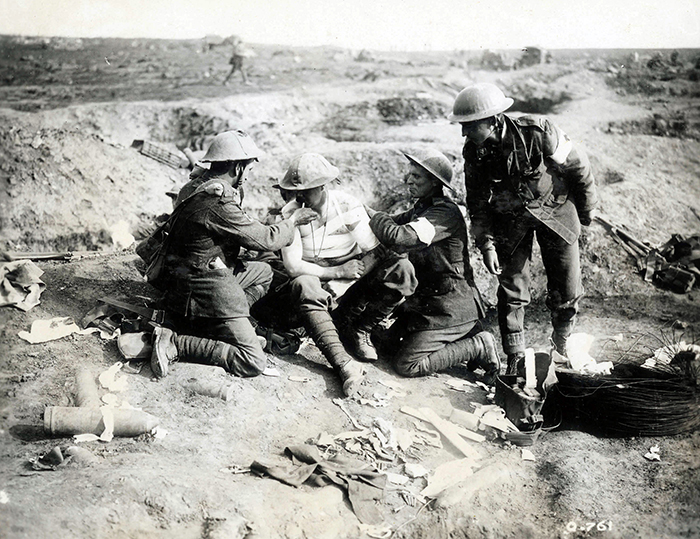
“Hitler owned his first Mercedes at the age of 34.”
By Robert Klara
ADOLF HITLER loved automobiles (unlike trains, he proclaimed, cars were instruments of the individual will), but his devotion belonged to the Mercedes marque.
The affair had started early. Hitler owned his first Mercedes at age 34, the red Benz he drove to Munich’s Bürgerbräukeller on the night of Nov. 8, 1923 to stage the failed coup later known as the Beer Hall Putsch.
Despite the charge of high treason, a malleable judge sentenced the Austrian to just five years—only eight months and 19 days of which he’d end up serving.
In Landsberg Prison (hardly a prison in the traditional sense) Hitler dictated his reactionary gospel to bushy-browed secretary Rudolf Hess while admiring the countryside out the window and dipping into a hamper of treats sent by a smitten Winifred Wagner, daughter-in-law of Richard Wagner.
Hitler’s notable jailhouse compositions included the first volume of Mein Kampf, and also a letter to Jakob Werlin, the Mercedes-Benz representative in Munich.
In his Sept. 13, 1924, petition, Hitler expressed his desire to purchase a new Mercedes (a model 11/40, preferably in gray and with wire wheels) on credit, the hoped-for earnings from his book serving as a promissory.

“The hardest thing for me at the moment lies in the fact that the biggest payment for my work is not expected until the middle of December,” Hitler wrote. “So I am compelled to ask for a loan or an advance.”
Hitler got his car, though it appears that the paltry budget of the then-nascent National Socialist Party paid for it.
Four days before Christmas of 1924, a shiny new Mercedes pulled up to Landsberg’s front gates to collect Hitler.
Numerous accounts say the driver was Werlin, though his family has denied it.
Whoever was at the wheel, Werlin and Hitler were known to be personal friends, and in the coming years Werlin would become a regular at the Berghof, Hitler’s alpine house in Berchtesgaden, and discreetly arrange for senior Nazi officials to receive Mercedes-Benz cars at steep discounts.
On the afternoon of March 13, 1930, Hitler had just concluded an inspection of the Luitpoldhain, the open-air preserve southeast of Nuremberg, which he planned to turn into a rallying ground for the party, when a Magirus truck collided with his car.
“The truck’s frame and springs must have taken hold of our Mercedes and shoved it diagonally across the open triangle, a distance of about twenty meters, as far as the street corner, only to come to a stop at last at the instant when our left wheels were already touching the curb,” re- called Otto Wagener, who was in the backseat.
Had the truck not exhausted its momentum, it would surely have eviscerated the future chancellor of Germany—as, indeed, many have subsequently wished that it had.
For his life, Hitler thanked not luck but Mercedes-Benz.
 “The other car was totally wrecked,” Hitler recollected to his associ- ates; “on mine only the bumpers and running board were damaged. It was then I decided to use only a Mercedes for the rest of my life.”
“The other car was totally wrecked,” Hitler recollected to his associ- ates; “on mine only the bumpers and running board were damaged. It was then I decided to use only a Mercedes for the rest of my life.”
Fortunately for him, Mercedes was just then getting ready to introduce the finest prewar automobile it had ever built.
The preceding passages was excerpted from Robert Klara’s The Devil’s Mercedes: The Bizarre and Disturbing Adventures of Hitler’s Limousine in America. The book hits stores this week.










1 thought on “The Fuhrer’s Benz — Hitler’s Curious Obsession with Mercedes Limosines”